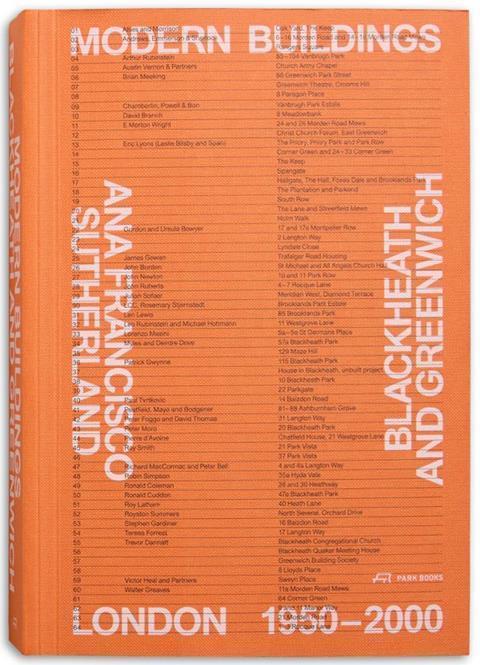From critiques of Britain’s architectural history to debates on urbanism and workplace culture, BD’s 2024 book reviews explored the ideas and challenges shaping the built environment today. Discover this year’s must-read titles

Books have always been a vital source of inspiration, insight, and debate for architects, and BD’s 2024 reviews explored the most significant titles shaping conversations in the profession. From thought-provoking critiques of urbanism and architecture’s history to guides tackling contemporary challenges like work-life balance, our reviews provided informed perspectives on the year’s most impactful publications.
This year, Nicholas Boys Smith reviewed Simon Jenkins’ A Short History of British Architecture, an incisive look at the forces that shaped – and sometimes scarred – Britain’s cities. Giles Heather revisited the interwar years through Gavin Stamp’s exploration of Britain’s overlooked architectural diversity, while David Rudlin unpacked the buzz around Carlos Moreno’s 15-Minute City, questioning whether it truly represents a bold vision or a retelling of familiar ideas. Meanwhile, Kudzai Matsvai tackled Playing the Game, a timely exploration of work-life balance and the culture of architectural workplaces.
Whether you’re searching for a last-minute Christmas gift for the architect in your life or simply looking to enrich your own reading list, these reviews offer a curated selection of 2024’s most compelling books on architecture and urbanism.
Take a look through our highlights and discover the ideas that have shaped this year’s architectural discourse.

In a new book on Adam Richards Architects’ Nithurst Farm, Charles Holland finds that the building’s austere interiors and casket-like symmetry challenge the conventions of domesticity, engaging with themes of death and timelessness.
Who was to blame for the unseaming of Britain’s cities?

Nicholas Boys Smith finds Simon Jenkins’ new book A Short History of British Architecture to be both a celebration and critique of British architecture, tracing two millennia of design while unflinchingly exposing the postwar attitudes that reshaped – and sometimes ruined – the nation’s cities.
Interwar: Gavin Stamp’s tribute to Britain’s forgotten architectural diversity

Giles Heather delves into the late Gavin Stamp’s exploration of the eclectic architectural styles that defined Britain between the wars.
Carlos Moreno’s 15-Minute City: Visionary urbanism or just recycled ideas?

Carlos Moreno champions the 15-Minute City as a revolutionary approach to urban living, but is it truly innovative or simply a repackaging of familiar ideas, asks David Rudlin.
Playing the Game: Work-Life Balance in Architecture

Kudzai Matsvai reviews a ‘powerful new resource’ that explores the reasons behind dysfunctional workplace practices in architecture and suggests new ways to move forward.
Modern Buildings in Blackheath and Greenwich: London 1950-2000

Ana Francisco Sutherland’s new book demonstrates compellingly how the architecture that now characterises the area is deeply rooted in the place and its history, writes Nicholas de Klerk.
Inclusion Emergency: ‘An emergency that we can no longer afford to ignore’

An important new book challenges the architectural community to embrace inclusivity and champion diversity, writes Kudzai Matsvai.

Architects must reclaim their ethical self-determination amidst the ideological mandates of modern professional practice, writes Helen MacNeil.

A new book by Nigel Green and Robin Wilson offers a fresh perspective on the significance of French brutalism, writes Jacob Paskins.
How to Enjoy Architecture: A Guide for Everyone

Charles Holland’s new book invites the reader to approach its subject as a shared endeavour with its author, writes Nicholas de Klerk.
Best of 2024
>Also read: Best of 2024: Building Design’s most incisive features and in-depth analysis
>Also read: Best of 2024: Building Design’s standout interviews and practice profiles
>Also read: Best of 2024: architecture stories that grabbed the news headlines
>Also read: Best of 2024: building studies that showcased the year’s most compelling projects
Postscript
To see more of BD’s reviews, click here.
















No comments yet